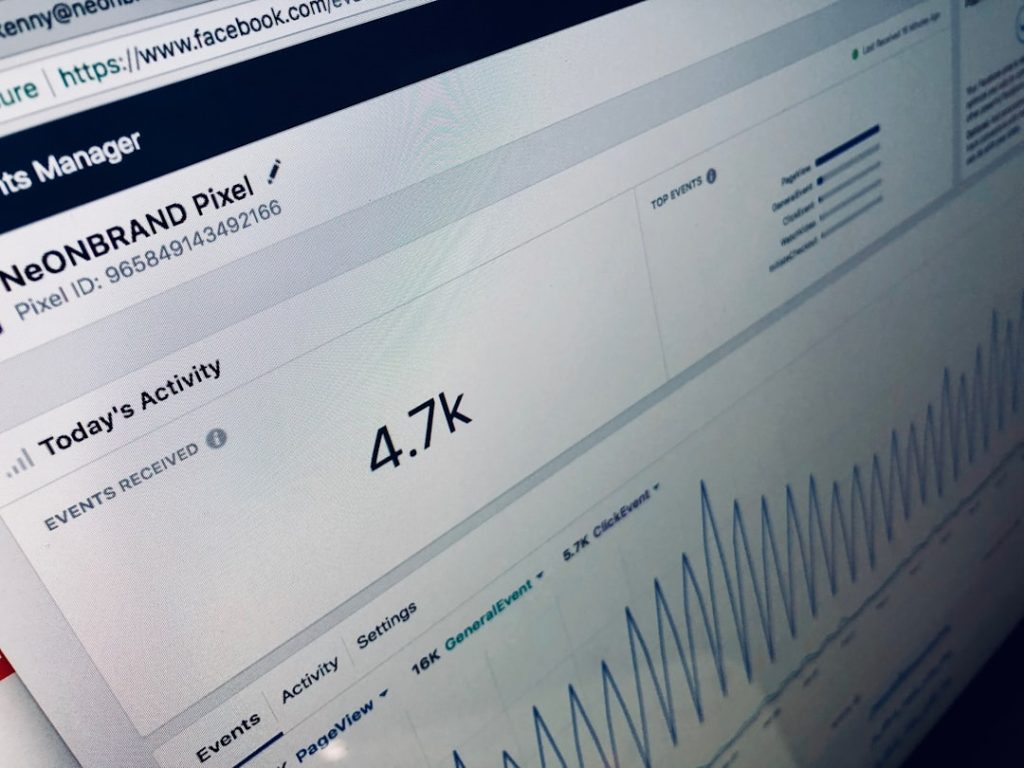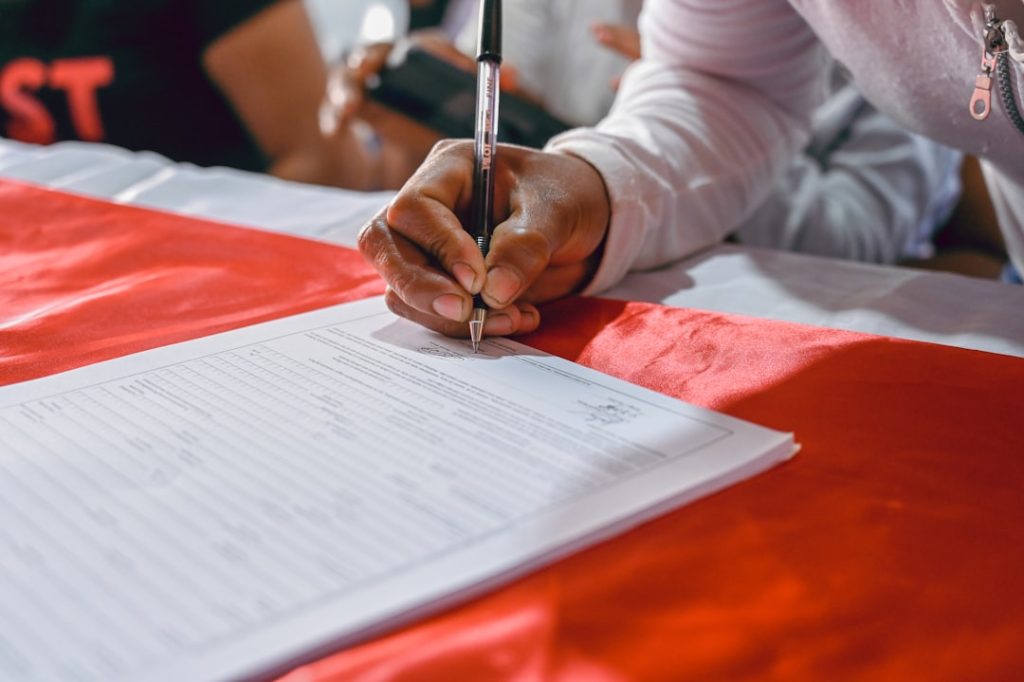In today’s increasingly digital world, technology literacy has emerged as a crucial factor influencing access to legal aid. Individuals who possess a strong understanding of technology are often better equipped to navigate the complex landscape of legal services. They can efficiently utilize online resources, access legal information, and communicate with legal professionals through various digital platforms.
Conversely, those lacking tech literacy may find themselves at a significant disadvantage, unable to leverage the tools that could facilitate their access to justice. This disparity highlights the importance of fostering technological skills among all individuals, particularly those who are most in need of legal assistance. Moreover, the impact of tech literacy extends beyond mere access to information.
It also affects the ability to engage with legal processes effectively. For instance, individuals who are comfortable using technology can participate in virtual consultations, submit documents electronically, and stay informed about their cases through online portals. This level of engagement can lead to more informed decision-making and a greater sense of empowerment in navigating legal challenges.
On the other hand, those who struggle with technology may miss out on critical opportunities for support and advocacy, further entrenching existing inequalities within the legal system.
Key Takeaways
- Tech literacy is crucial for accessing legal aid services in the digital age.
- Marginalized communities face challenges in accessing legal aid services due to various barriers.
- Mobile-first solutions play a significant role in bridging the digital divide and improving access to legal aid.
- Barriers to accessing legal aid in the digital age include lack of internet access, digital skills, and language barriers.
- Strategies for ensuring equitable access to legal aid services include community outreach, digital skills training, and language support.
The Accessibility of Legal Aid Services for Marginalized Communities
Marginalized communities often face significant barriers when it comes to accessing legal aid services. These barriers can be multifaceted, encompassing economic, social, and geographic factors that collectively hinder individuals from obtaining the assistance they need. For many in these communities, the cost of legal services is prohibitive, leading to a reliance on underfunded legal aid organizations that may not have the resources to meet the demand.
Additionally, systemic issues such as discrimination and social stigma can further complicate access to legal support, leaving many individuals feeling isolated and without recourse. Geographic location also plays a critical role in determining access to legal aid. In rural areas, for example, individuals may have limited access to legal professionals or organizations that can provide assistance.
This lack of proximity can result in long travel times and increased costs, making it even more challenging for those in need to seek help. Furthermore, language barriers and cultural differences can exacerbate these issues, as individuals may struggle to find legal aid services that are culturally competent and linguistically accessible. Addressing these challenges requires a concerted effort from policymakers and legal organizations to ensure that marginalized communities receive the support they need.
The Role of Mobile-First Solutions in Bridging the Digital Divide

Mobile-first solutions have emerged as a powerful tool in bridging the digital divide that often separates marginalized communities from essential legal aid services. With the proliferation of smartphones and mobile internet access, these solutions offer a unique opportunity to reach individuals who may not have access to traditional computer-based resources. By prioritizing mobile accessibility, legal aid organizations can create platforms that allow users to easily access information, connect with legal professionals, and navigate their legal issues from the convenience of their mobile devices.
The effectiveness of mobile-first solutions lies in their ability to provide real-time support and information. For instance, chatbots and mobile applications can offer immediate responses to common legal questions, guiding users through basic processes and helping them understand their rights. Additionally, mobile platforms can facilitate remote consultations with legal professionals, allowing individuals to receive personalized assistance without the need for in-person meetings.
This flexibility is particularly beneficial for those with limited mobility or transportation options, as it removes many of the logistical barriers that often impede access to legal aid.
Barriers to Accessing Legal Aid in the Digital Age
Despite the advancements in technology and the potential for increased access to legal aid services, several barriers persist in the digital age. One significant challenge is the digital literacy gap that exists among various populations. While some individuals are adept at using technology to seek out legal resources, others may struggle with basic online navigation or understanding how to utilize digital tools effectively.
This gap can lead to unequal access to information and support, perpetuating existing disparities within the legal system. Additionally, issues related to internet connectivity and access to devices further complicate the landscape of legal aid accessibility. In many underserved areas, reliable internet service is either unavailable or prohibitively expensive, limiting individuals’ ability to engage with online resources.
Furthermore, not everyone has access to smartphones or computers, which can create additional hurdles for those seeking assistance. These barriers highlight the need for comprehensive strategies that address both technological access and literacy in order to ensure that all individuals can benefit from available legal aid services.
Strategies for Ensuring Equitable Access to Legal Aid Services
To promote equitable access to legal aid services, a multifaceted approach is necessary. First and foremost, increasing funding for legal aid organizations is essential. By providing these organizations with the resources they need, they can expand their reach and improve their capacity to serve marginalized communities effectively.
This funding can be used to develop innovative programs that prioritize accessibility and inclusivity, ensuring that all individuals have the opportunity to receive assistance. In addition to financial support, training programs focused on enhancing tech literacy within marginalized communities can play a vital role in bridging the gap between individuals and legal aid services. Workshops and community outreach initiatives can empower individuals with the skills they need to navigate digital platforms confidently.
Furthermore, partnerships between legal aid organizations and local community groups can help raise awareness about available resources and encourage individuals to seek assistance when needed.
The Importance of Addressing the Digital Divide in Legal Aid

Addressing the digital divide is crucial for ensuring that all individuals have equal access to legal aid services. The consequences of failing to do so are far-reaching; without equitable access, marginalized communities will continue to face systemic barriers that prevent them from obtaining justice. By prioritizing initiatives that promote tech literacy and improve access to digital resources, society can work towards dismantling these barriers and fostering a more inclusive legal system.
Moreover, addressing the digital divide is not just about providing access; it is also about empowering individuals within marginalized communities. When people are equipped with the tools and knowledge they need to navigate the legal landscape effectively, they are better positioned to advocate for themselves and their rights. This empowerment can lead to greater participation in civic life and a stronger sense of agency among individuals who have historically been disenfranchised.
In conclusion, the intersection of technology and legal aid presents both challenges and opportunities for marginalized communities. By recognizing the importance of tech literacy, addressing barriers to access, and implementing strategies that promote equitable solutions, society can work towards a more just and accessible legal system for all individuals. The journey towards bridging the digital divide is ongoing, but with concerted effort and collaboration among stakeholders, meaningful progress can be made in ensuring that everyone has access to the legal support they need.
In a related article on MyLitiCare’s website, they discuss the importance of technology in legal aid services and how it can impact access to justice for clients. The article explores how digital tools can help streamline processes and improve efficiency in legal practices, ultimately benefiting clients in need of legal assistance. To learn more about this topic, you can visit MyLitiCare’s article on the role of technology in legal aid services.













